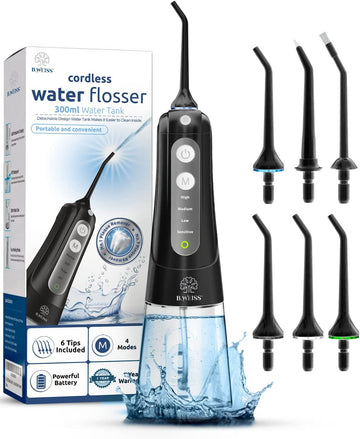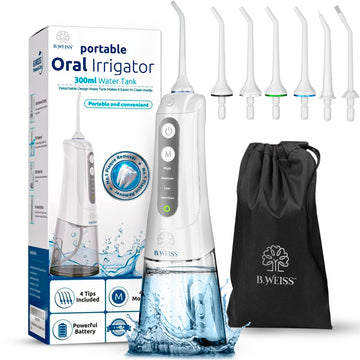What Type of Teeth Can't Get Invisalign?
Certain severe dental issues, like large gaps or significant misalignment, may not be suitable for Invisalign. Using a purple persulfate-free retainer cleaner is essential for those who can use Invisalign, ensuring their aligners stay clean and effective throughout the treatment..
Severe Overcrowding
Limited Space
- Insufficient Room: When teeth are extremely crowded, there may not be enough space to effectively move them with Invisalign. Severe overcrowding often requires significant adjustments that aligners alone cannot achieve.
- Possible Extractions: In some cases, tooth extractions might be necessary to create sufficient space, and traditional braces might be a more effective method to manage the subsequent movement of teeth.
Effectiveness of Aligners
- Limited Movement: Invisalign aligners are designed to make minor adjustments with each set. Severe overcrowding might require movements that are too significant for aligners to manage effectively.
Complex Bite Issues
Overbite and Underbite
- Severe Overbite: While Invisalign can correct mild to moderate overbites, severe cases may require more robust interventions. Traditional braces, often combined with other orthodontic devices, are typically more effective for significant overbites.
- Severe Underbite: Similar to overbites, severe underbites might be beyond the scope of what Invisalign can correct. Orthodontic surgery or other advanced treatments might be necessary.
Crossbite and Open Bite
- Complex Crossbite: Invisalign can treat mild crossbites, but complex cases involving multiple teeth or jaw misalignment may need more traditional methods.
- Open Bite: An open bite, where the upper and lower teeth do not meet when the mouth is closed, can be particularly challenging for Invisalign to correct, especially if it is due to skeletal issues rather than just tooth alignment.
Rotated Teeth
Degree of Rotation
- Mild Rotation: Invisalign is effective for teeth that are slightly rotated. However, if teeth are rotated more than 20 degrees, the aligners might not be able to apply the necessary force to achieve proper alignment.
- Severe Rotation: Teeth with severe rotation often need the brackets and wires of traditional braces to apply the appropriate force and control the movement required to correct the position.
Large Gaps Between Teeth
Spacing Issues
- Minor Gaps: Invisalign can efficiently close small gaps between teeth. However, when gaps are too large, the aligners may struggle to move the teeth sufficiently to close these spaces.
- Interventions Required: For significant spacing issues, traditional braces might be recommended, sometimes in conjunction with other treatments like bonding or veneers to achieve optimal results.
Tooth Shape and Size
Unusual Tooth Morphology
- Irregular Shapes: Teeth that are unusually shaped or too small can make it difficult for Invisalign aligners to fit properly and work effectively. Aligners rely on a snug fit to apply the necessary pressure for movement.
- Crowns and Restorations: Teeth with crowns or extensive dental restorations might not respond well to Invisalign. The aligners might not be able to grip these teeth properly, reducing the effectiveness of the treatment.
Skeletal Issues
Jaw Alignment
- Jaw Discrepancies: Invisalign primarily addresses tooth alignment rather than jaw alignment. Severe skeletal issues, such as misaligned jaws, often require more invasive orthodontic treatments or surgery.
- Orthognathic Surgery: In cases where jaw surgery is required, Invisalign alone will not suffice. Traditional braces are usually part of the pre- and post-surgical treatment to ensure proper alignment and healing.
Compliance Challenges
Wearing Aligners
- Required Wear Time: Invisalign requires patients to wear the aligners for 20-22 hours a day. If a patient is unable or unwilling to commit to this, the treatment will not be effective.
- Discipline and Responsibility: Invisalign treatment depends heavily on patient compliance. Younger patients or those who struggle with discipline might benefit more from traditional braces, which are fixed and don’t require the same level of commitment.
Dental Health Concerns
Oral Hygiene
- Gum Disease: Patients with active gum disease or other severe dental health issues need to address these conditions before starting Invisalign. Aligners can trap bacteria against the teeth and gums, potentially worsening these conditions.
- Tooth Decay: Significant tooth decay must be treated prior to starting any orthodontic treatment. Invisalign can exacerbate existing dental issues if oral hygiene is not meticulously maintained.
Bone Density
- Bone Loss: Patients with significant bone loss due to periodontal disease may not be ideal candidates for Invisalign. The aligners need a healthy bone structure to support the movement of teeth.
Conclusion
While Invisalign is a powerful tool for many orthodontic cases, it is not a one-size-fits-all solution. Severe overcrowding, complex bite issues, rotated teeth, large gaps, unusual tooth shapes, skeletal issues, compliance challenges, and certain dental health concerns can limit the effectiveness of Invisalign. It’s essential to consult with an experienced orthodontist who can evaluate your specific dental situation and determine the best treatment plan for you.
Are you currently using or thinking about using retainer cleaning tablets? It's important to be aware that certain cleaner brands have the potential to cause toxic reactions.
It's crucial to be aware of harmful ingredients hiding in common cleaner brands. One such persulfate, which can pose SERIOUS health risks and is found in almost all leading retainer cleaners brands. Moreover, persulfate's health risks potentially impact respiratory health and skin sensitivities in your family, especially in teens and sensitive individuals. Learn more about the risk of persulfate HERE.
Disclaimer:
The content in this article is for informational purposes only and is not a substitute for professional medical advice. Always consult with a healthcare provider before making any changes to your health regimen. The author and publisher do not take responsibility for any consequences resulting from the information provided in this article.





